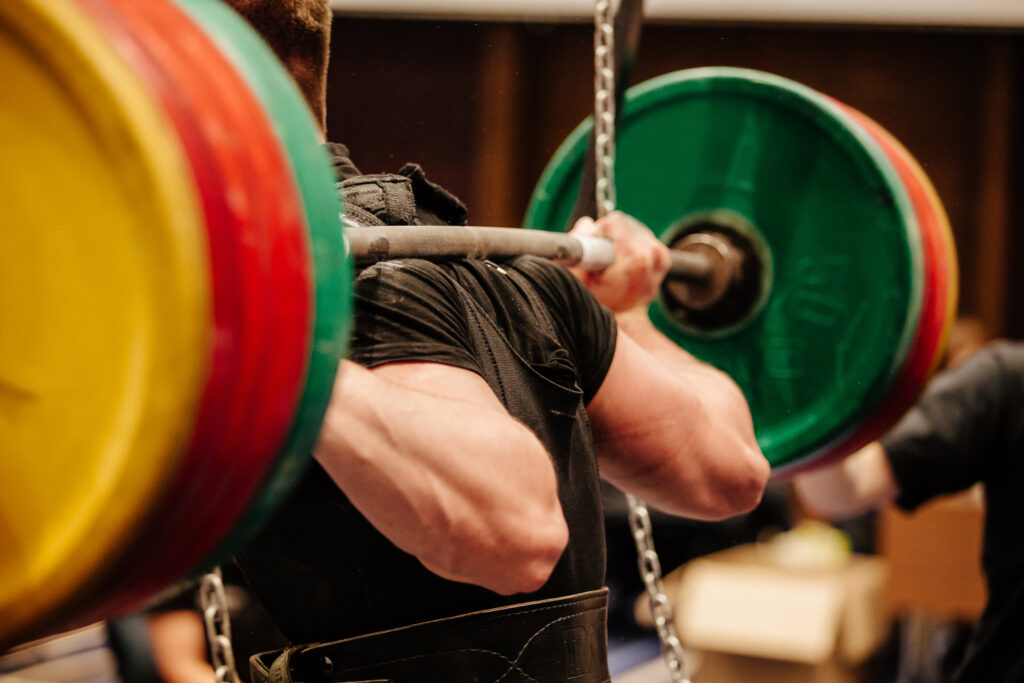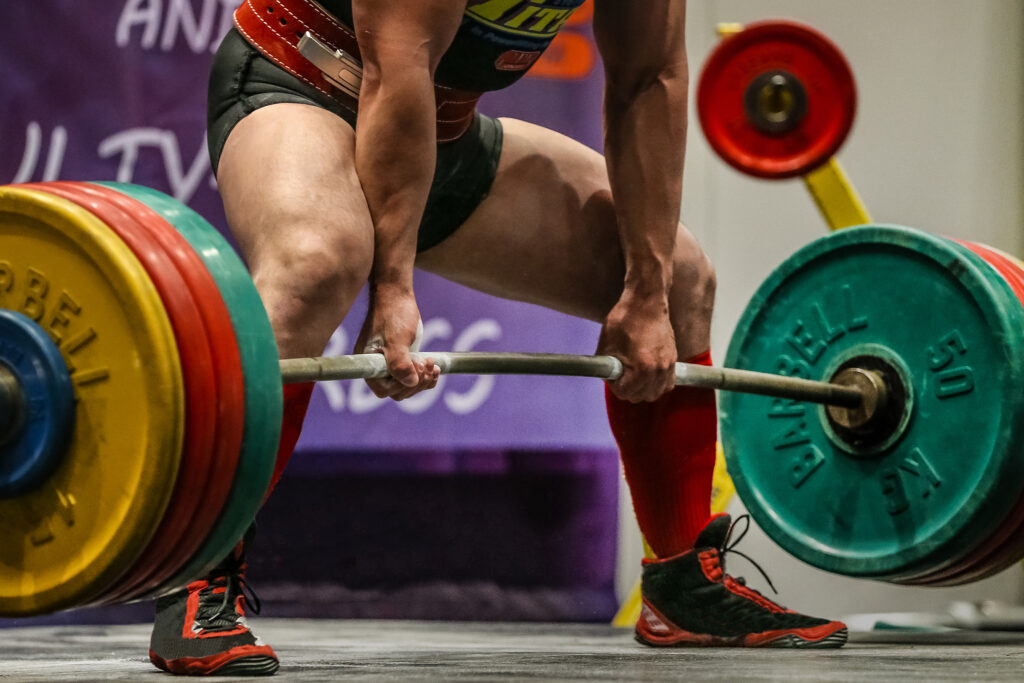Understanding Velocity-Based Training: A Game Changer for Strength Athletes
In the world of strength training, athletes are always looking for the edge that will push their performance to the next level. One innovative approach that has gained traction in recent years is Velocity-Based Training (VBT). This method not only focuses on how much weight is lifted but also emphasizes the speed at which it’s lifted. Let’s explore the basics of VBT and how it can significantly benefit strength athletes.

What is Velocity-Based Training?
Velocity-Based Training involves monitoring the speed of each repetition during strength exercises. By measuring the velocity of the barbell or weight lifted, athletes can gain valuable insights into their performance and adjust their training in real time. This approach utilizes specialized devices, such as linear position transducers or accelerometers, to track the velocity of lifts.

Key Concepts of VBT
- Velocity Zones: Training is often categorized into different velocity zones that correlate with specific adaptations:
- Strength Zone: Typically involves slower velocities (0.2–0.5 m/s), focusing on maximal strength.
- Power Zone: Moderate velocities (0.5–1.0 m/s) aim to enhance power output.
- Speed Zone: Faster velocities (1.0–1.5 m/s) promote speed strength.
- Individualization: VBT allows for personalized training programs based on an athlete’s unique capabilities. By identifying an athlete’s velocity thresholds, coaches can tailor workouts to meet specific goals.
- Autoregulation: One of the standout features of VBT is its ability to facilitate autoregulation, where athletes can adjust their training loads based on real-time feedback. If an athlete is lifting slower than usual, it might indicate fatigue or insufficient recovery, prompting a reduction in load for that session.
Benefits of Velocity-Based Training for Strength Athletes
- Enhanced Performance Tracking: Traditional methods often rely solely on percentages of one-rep max (1RM) for determining training loads. VBT provides immediate feedback, allowing athletes to understand how their performance fluctuates day to day and adjust accordingly.
- Optimized Training Loads: With VBT, athletes can more accurately determine the ideal weight to lift for their current capabilities, leading to better training efficiency and reduced risk of overtraining.
- Improved Motivation: Seeing real-time velocity data can be motivating for athletes. It fosters a competitive spirit, not just against others but against their own previous performances.
- Injury Prevention: By monitoring lifting velocity, athletes can identify when they are not performing at their best. Slower velocities may indicate fatigue or potential injury, prompting early intervention to avoid setbacks.
- Greater Emphasis on Power Development: VBT encourages athletes to focus on the speed of their lifts, which is crucial for developing explosive strength. This is particularly beneficial for athletes in sports that require quick, powerful movements.

Implementing VBT in Your Training
If you’re a strength athlete looking to incorporate Velocity-Based Training, here are a few steps to get started:
- Invest in Equipment: While Priority Health and Fitness already has a Perch system, personal equipment can enhance your training experience. Options include linear position transducers or smartphone apps designed for velocity measurement.
- Establish Baselines: Begin by determining your velocity thresholds for different lifts. This will help you understand your unique training zones and make more informed decisions about loading.
- Monitor Progress: Track your velocities over time to identify trends. Regularly assessing your performance will help you make necessary adjustments to your training plan.
Conclusion
Velocity-Based Training is revolutionizing how strength athletes approach their training. By focusing on the speed of lifts, athletes can fine-tune their performance, optimize training loads, and ultimately reach their strength goals more effectively. As VBT continues to gain popularity, it’s clear that this method offers a compelling advantage for those dedicated to maximizing their strength potential. Embrace the power of velocity, and watch your PR’s explode.
